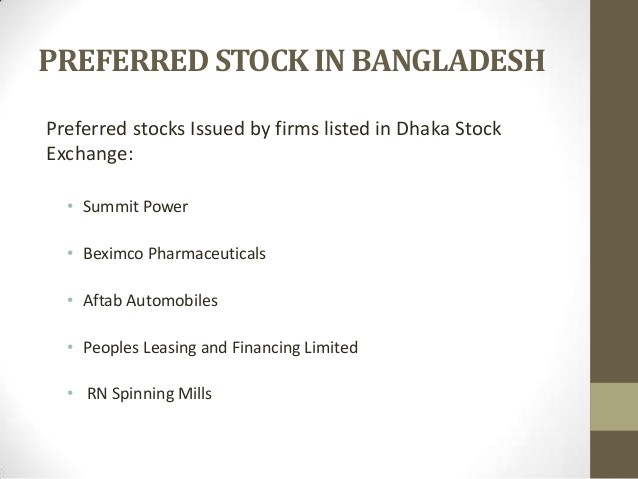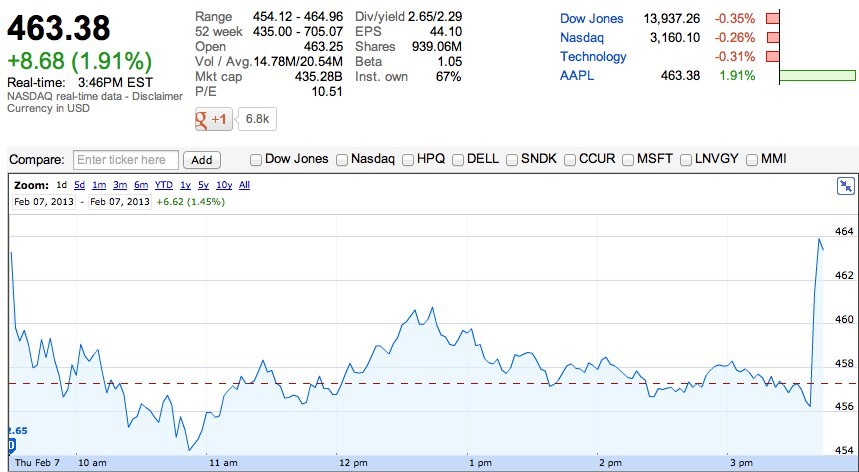Preferred Stock Issues
Post on: 8 Июль, 2015 No Comment

Preferred Stock Vs. Bond Debt
You can opt-out at any time.
From the shareholders’ perspective preferred stock enjoys a higher claims to the issuer’s earnings and assets than common stock, and preferred stock dividends must be paid prior to common stock dividends. From the company’s perspective stock dividends are paid after taxes. For this reason, when looking to raise money, many companies prefer to issue bonds, because bond interest is a corporate pretax expense.
However, bonds are considered debt. When a company’s credit rating hangs in the balance because of outstanding debt, preferred stock issuance may make sense. In certain circumstances there can also be tax advantages to an issuing preferred stock
Low Tax Rates
Companies with low income tax rates may like the idea of issuing preferred stock. A company with a low tax rate receives few tax benefits from issuing bonds. Bond coupon payments are a pretax expense. Preferred stock offers the company additional flexibility. If the company encounters cash flow problems, the preferred dividend may be suspended.
According to analysts John S. Howe and Hongbok Lee, issuers of convertible preferred stock receive tax advantages. Owners of convertible preferreds have the option to convert each preferred share to common shares in the future. Common shares represent junior equity. They may or may not pay dividends.
Another convertible preferred, called exchangeable convertible stock, allows issuers to convert their preferred stock into a specific number of common shares or convertible bonds. In this example, the issuer’s advantage of one-for-one exchange of cash flows and exchange terms. The tax advantage of swapping a taxable dividend expense for tax-deductible bond interest appeals to some issuers.
Standard & Poor’s reports that the market for preferred stocks in the United States is about 200 billion in size. Institutional investors own most preferred stocks.
Trust Preferred Stocks
Trust preferred stocks allow the issuer to deduct dividend costs. This special preferred stock structure provides a tax advantage to the issuer. The issuer first establishes a separate company called a trust. The trust then offers the preferred issue to investors. Sales proceeds from the issue generate cash flow in the trust.

The trust then lends the issuing company money. The company simultaneously deposits bonds in the trust to secure the loan. The company repays interest on the trust loan when the bonds pay regular coupon interest.
The trust then uses the bond interest to pay out dividends, according to Esme Faerber in All About Stocks (2007). Because the bonds issued by the company pay coupon interest to the trust, the trust pays taxes on the income.
In 2010, trust preferred stocks are not eligible for the 15 percent investor tax rate. Dividend interest is taxed at the owner’s ordinary tax rate. Corporate investors receive a tax advantage for owning preferred stocks of other companies.
Considerations for Issuers
Any company may start a trust and issue trust preferred stocks. However, this issuing structure favors bank holding companies. Proceeds from trust preferred securities are considered equity instead of debt for their regulatory purposes. This strategy strengthens Tier 1 capital. Banks and financial holding companies issue more trust preferred securities than other companies for this reason.














